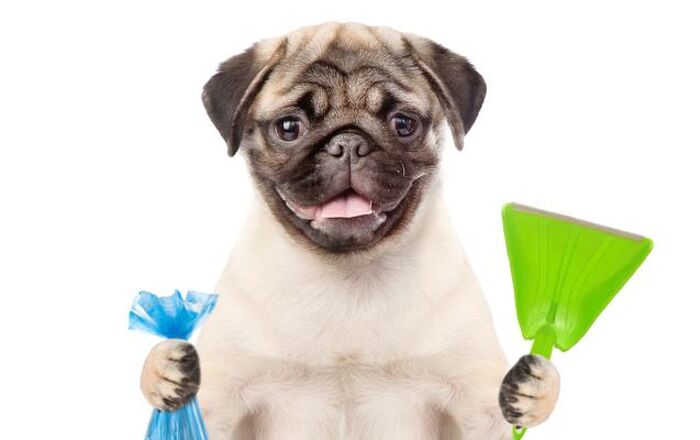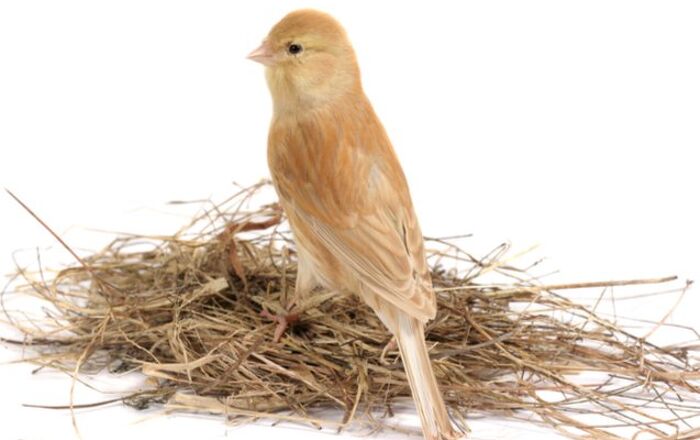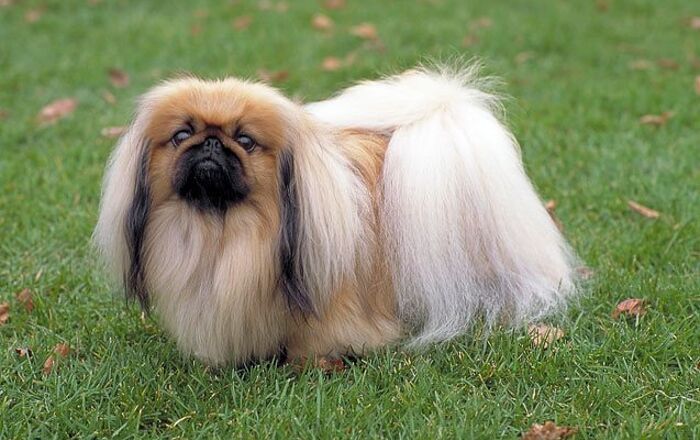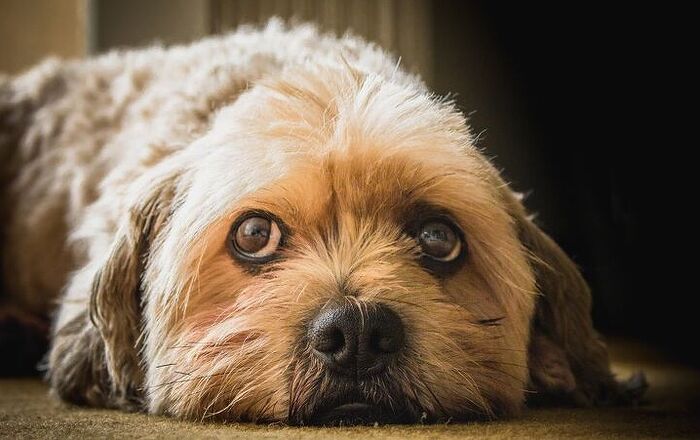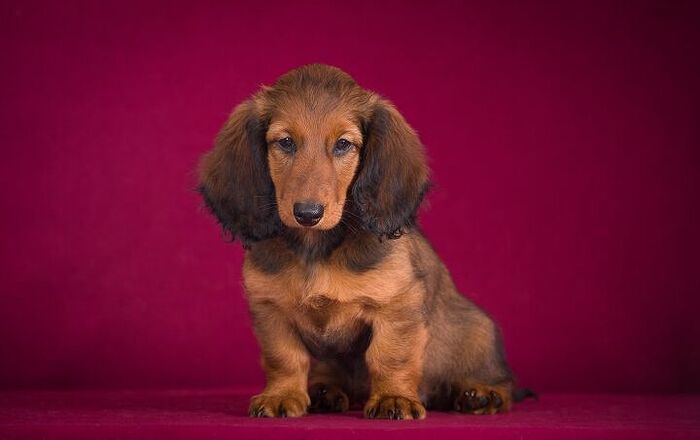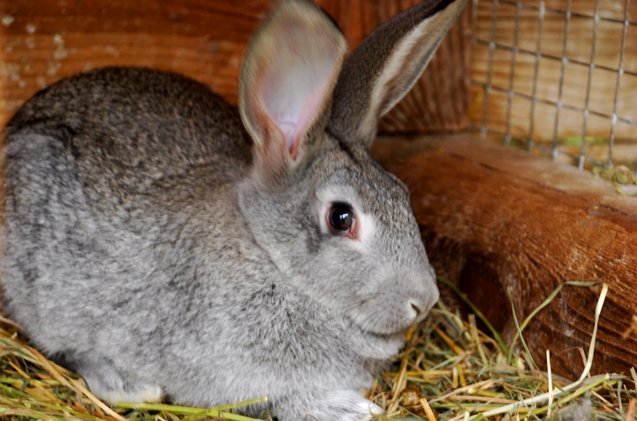
Standard Chinchilla Rabbit Breed History/Origin
The Standard Chinchilla Rabbit originated in 1919 in France, developed by crossing wild rabbits with Beverens and Himalayans. Its unique coat color made it an instant hit, especially when it first appeared in United States, where it was an absolute sensation. Chinchillas were considered “the next best thing” after the Belgian Hare and circa 1920s, thousands were registered with what would later become the American Rabbit Breeders Association (ARBA).
The Standard Chinchilla Rabbit was soon developed to be larger and longer, which led to the development of the American and Giant Chinchilla. All three “Chin” breeds were recognized by the ARBA in 1930.
There is only one color accepted by the ARBA – the color of an actual chinchilla.
Overall Description
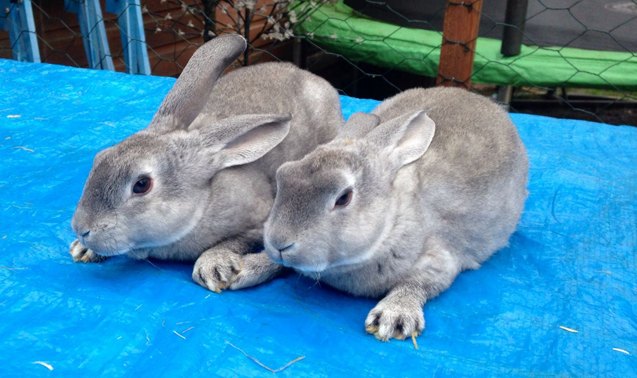
Standard Chinchillas can weigh anywhere from 5-7 lbs. once fully grown and have a plump, company body type. This breed also has erect ears which should not exceed five inches in length.
Coat
The Standard Chinchilla has soft, rollback fur which , like most short-to-medium haired rabbits, do not require much grooming in order to keep it in show-worthy condition. Should your rabbit’s fur become stained, never give them a bath- instead, spot-clean them with a damp cloth. Grooming should be done bi-weekly during off-molting seasons and weekly when their molts are in full swing.
Colors
There is only one color accepted by the ARBA and that is the color of an actual chinchilla. The under color is dark slate blue at the base and the top edge a darker blue with a portion of light grey in between. The slight eye circles are well defined and of a light pearl color, and the underside of the tail is also white while the topside is mostly black with a few white hairs. Eye colors can be brown, blue-grey or marbled, however dark brown is preferred.
The Standard Chinchilla Rabbit is known to be sweet, docile creatures who have no problem being picked up by their owners or strangers.
.
Care Requirements

Indoor enclosures need to be large enough for your rabbit to comfortably stretch out to its full length, plus have room leftover so it can play with any toys in its enclosure, plus food, water and anything else in the cages. These enclosures need to be made of wire and should have a solid bottom made of either metal or plastic in order for bedding to be placed. This bedding needs to be spot-cleaned for cleanliness every day and completely replaced at the end of very week.
The diet of a Standard Chinchilla Rabbit is like any other rabbit, which means it needs a diet consisting of at least 70 percent good-quality hay (timothy’s hay is what most rabbit breeders tend to purchase). Fruits and vegetables can also be used as incentives or treats to reward your bunny whenever it completes a task or obeys a command (such as sitting, staying, or using their litter box). Adult rabbits can eat about 1/4 cup of high-fiber pellets everyday for every 5 lbs. it weighs. Always make sure to research what kind of fruit/leafy green/vegetable you’re planning on feeding them, as some are not recommended for rabbits.
Health
Standard Chinchillas are susceptible to problems such as overgrown teeth, flystrike and ear mites. Rabbit owners need to check their rabbit’s ears every 2-3 weeks for mites. If your rabbit’s diet does not consist mainly of hay, it may develop overgrown teeth. This will affect if/how much it eats, as its constantly growing teeth can grow into its jaws and faces and be painful. This can be corrected with a quick trip to your local vet at first, and then switch to a diet that is higher in hay, as it naturally grinds down your rabbit’s teeth.
Female rabbits (called does) can be spayed when they are as young as four months old, however vets tend to wait until they are six months old. Male rabbits (called bucks) are eligible to be neutered as young as three and a half months old. All rabbits should also be given worm prevention treatment and checked for ticks and fleas regularly.
The Standard Chinchilla’s unique coat color made it an instant hit when it first came to the United States.
Temperament/Behavior
Standard Chinchilla’s are known to be sweet, docile creatures who have no problem being picked up by its owners or strangers, so long as it is handled with care. Being smaller than the American or Giant Chinchilla means that it is more suitable for children, as it is smaller and easier to hold and pet. Its size also makes it a wonderful pet for those living in houses or apartments. Its thick fur also makes it suitable for indoor and outdoor conditions, so long as outdoor enclosures are properly built to allow for proper air flow as well as shelter it from harsh weather conditions. Standard Chinchillas make excellent pets for seniors, singles, couples and growing families alike.
Like most rabbits, the Standard Chinchilla Rabbit needs to be out of its enclosure for several hours a day and interact with other animals and humans alike in order to be properly socialized. This means opening the cage and allowing it to explore the room as well as taking it outside to it can get some much-needed fresh air and sunshine. This breed also enjoys having toys that they can play with and chew up. The most popular toys rabbits seem to enjoy include cardboard boxes, plastic baby key rings, toys that have bells in them and stuffed animals! Your rabbit may also enjoy gnawing on a piece of rabbit-safe wood (this keeps its forever-growing teeth in check as well), a ball or even an empty roll of toilet paper it can roll around and chew up. However, every rabbit is different and rabbit owners will only know what its favorite toy is by process of elimination.
Most rabbits are a little more difficult to train than the common house cat or dog, however it is not impossible. Litter training is very much possible with lots of patience, rewarding and a few well-placed litter boxes around the house. Teaching how to make your rabbit stop, come or perform other common commands and tricks will come with time, plenty of repetition and (of course) treats!
Photo credit: izaak Dobbins/Flickr; Momma Joe’s Rabbits; Applegarth Farm

